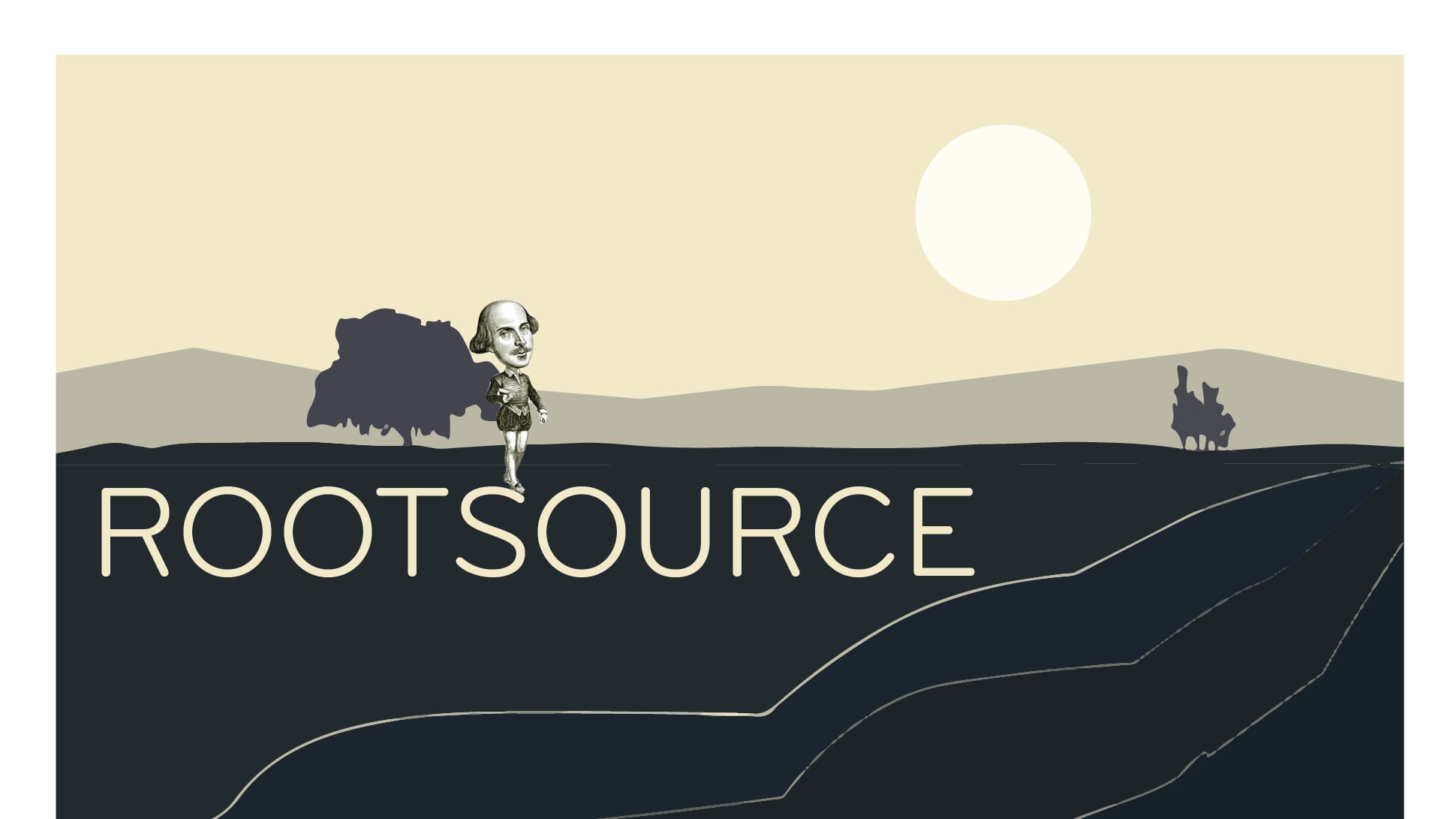You’ve probably heard about the patriarchy, but what about the cis-hetero-patriarchy? It looks like a mouthful, but let’s break it down.
Biologist Dr. Shay-Akil McLean writes that “Patriarchy is a social system in which men are the primary authority figures.. over women and children. It... entails female subordination.” This looks like how women were historically unable to own property or provide for themselves without a man. We have most likely heard about it already, but it’s actually missing something.
Cis-hetero-patriarchy builds off of “patriarchy” to acknowledge the colonial construct of there being only two genders and to include LGBTQ people. Gender is a construct, but it’s specifically a colonial construct. Let’s get a closer look.
The first part of the word is “cis,” which is short for cisgender. This is a term that means your gender matches what was assigned for you at birth, which was likely based on your sex. However, sex and gender are different. They do not always align, and there are not only two, as Dr. McLean explains, “It’s important to note that genitalia and sex chromosomes don’t necessarily agree with one another. Placement in a sex category is achieved through socially required displays that proclaim one’s membership, and those socially required displays--that’s gender.”
Dr. Mclean also writes, “The concept of ‘gender’ only being binary is European.” In pre-colonial African societies, gender was not in a binary or the basis for the way society organized power. The false binary of male and female has greatly and intentionally harmed people who do not “fit,” who are trans, nonbinary, and/or intersex.
This brings us to: “heteropatriarchy.” The Anti-Violence Project defines heteropatriarchy as a colonial concept “that defines masculinity and femininity in narrow ways,” in order to establish males as opposite and superior to females--and those who they don’t see as “true” men. This is the case because heteropatriarchy also serves to “naturalize all other hierarchies,” such as white supremacy and settler colonialism.
As Anti-Violence Project explains, “When colonists first came to this land they.. [instilled] patriarchy in Native communities because they realized that indigenous peoples would not accept colonial domination if their own indigenous societies were not structured on the basis of social hierarchy.”
Ried Gustafson, a Laguna Pueblo member and Indigenous studies scholar also explains, “Settler colonial assimilation processes look to impose heteronormative Christian monogamy on indigenous communities in the hopes to change sexual practices, familial structures gender norms and, power dynamics within these communities.”
“Patriarchy” was a starting point, but cis-hetero-patriarchy brings out the ways gender itself is performed differently across the intersections of sexuality, class, and race. That is where we can begin to understand what violence exists in our world.
To put it all together, “Cis-Hetero-patriarchy is a system of power and control that positions cis-straight, white males as superior and normative in their expression of gender and sexuality.”
This is important to understand the way different communities, specifically LGBTQ and people of color, face harm in today. The late activist bell hooks also did this, but instead with the term “Imperialist White Supremacist Heteropatriarchy,” in her work on Cultural Criticism and Transformation.
For Women’s Month, when thinking about patriarchy, also consider “cis-hetero-patriarchy” and what it can mean for those in our communities day-to-day.
